While millions rush through Kyoto’s famous temples in a single day, the prefecture’s rural villages move at a pace that hasn’t changed in centuries. Here are 14 countryside destinations where time slows down, and ancient Japan reveals itself to travelers willing to venture beyond the city limits.
Kurama village
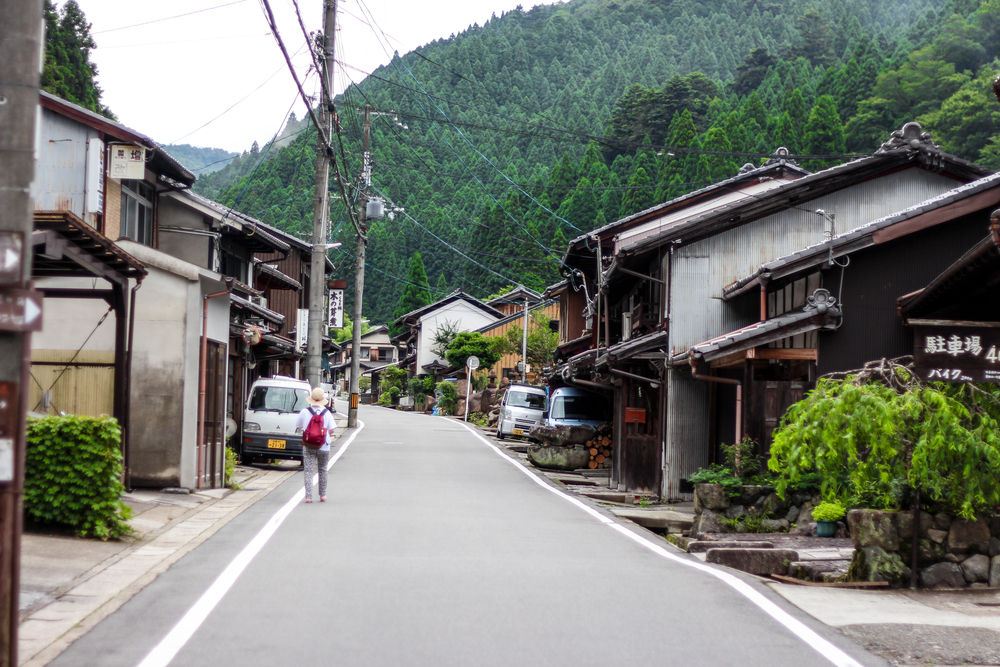
This mountain village sits along an old pilgrimage route, wrapped in cedar forests that seem to muffle all sound except the distant chime of temple bells. The onsen here draws mineral-rich water from deep springs, and local restaurants serve wild boar caught in the surrounding hills.
Most visitors take the scenic train up from the city. Still, the real magic happens when you stay overnight and wake to mist rolling through the valleys.
Ohara district
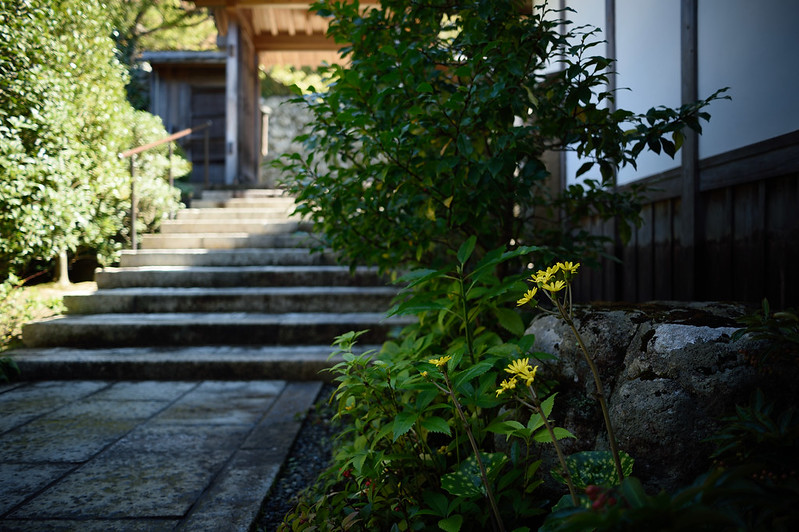
Known for its Buddhist nuns’ temples, Ohara feels like stepping into a different century altogether. The Sanzen-in temple complex spreads across hillsides covered in moss gardens that turn brilliant green after rain. Traditional farmhouses dot the landscape, many still growing the vegetables that end up in Kyoto’s kaiseki restaurants. Pure simplicity.
Sagano bamboo forest

Beyond the famous groves lies a network of paths through lesser-known bamboo stands where the stalks grow thicker and the crowds disappear. These towering green corridors create natural sound chambers where every footstep echoes differently.
The light here shifts constantly as bamboo sways overhead. Morning visits offer the most dramatic shadows and the best chance to hear the forest’s subtle music without interruption.
Miyama thatched village
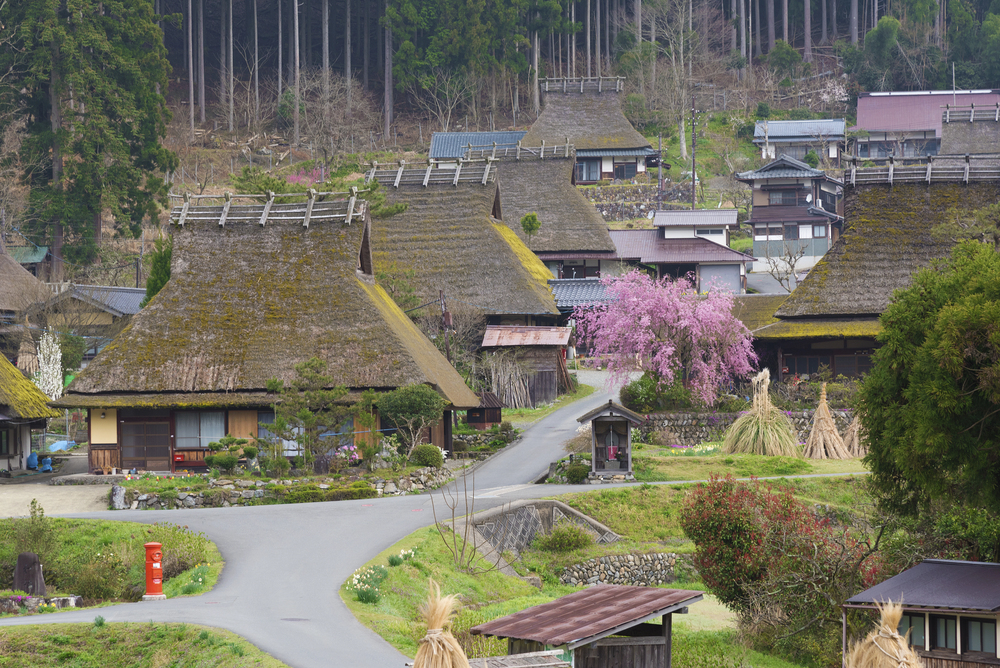
— Photo by LeeYiuTung
Kayabuki-no-sato preserves one of Japan’s last intact thatched-roof villages. These steep-roofed farmhouses, some over 250 years old, were built to shed heavy mountain snow.
And yes, people still live here. Kids walk to school past houses that look like fairy tale illustrations, while grandparents tend vegetable gardens between the ancient structures.
Takao mountain area
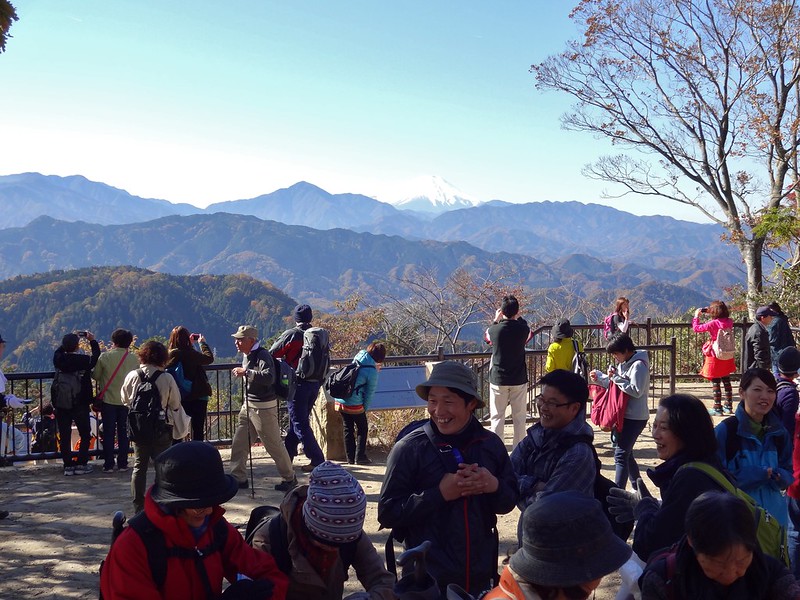
Just an hour from central Kyoto, Takao transforms completely with each season—autumn brings maple leaves so vivid they seem almost artificial, while spring covers the mountainsides in cherry blossoms that appear and vanish within weeks.
Even so, winter might be the most beautiful time. Snow blankets the temples and traditional restaurants that serve tofu cuisine beside rushing mountain streams.
Kibune riverside dining
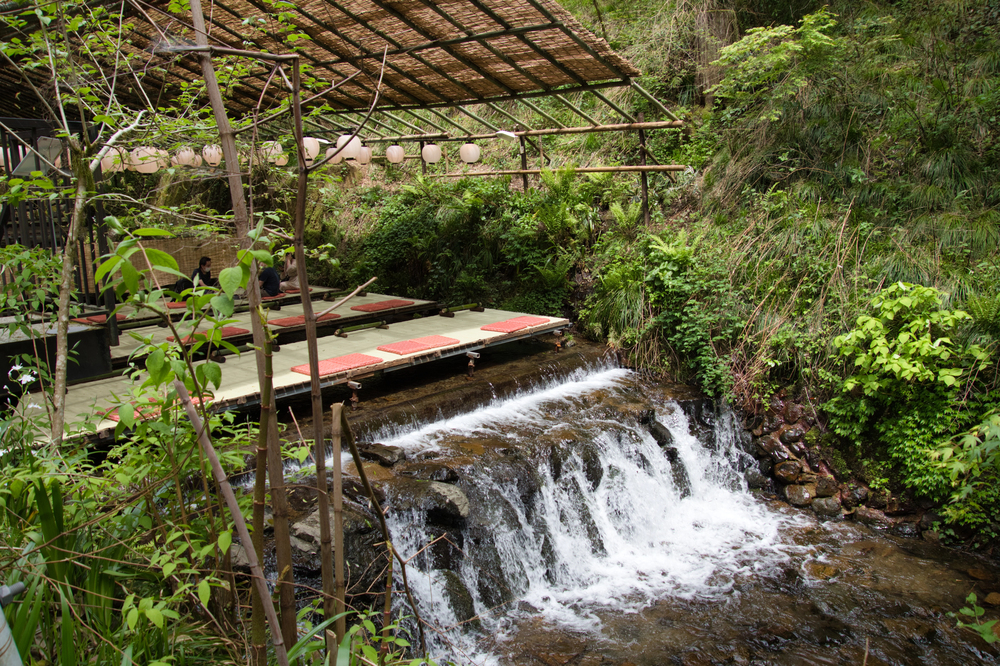
Summer brings a unique tradition to this mountain valley: kawadoko dining platforms built over the Kibune River. The rushing water below keeps diners cools while they eat multi-course meals prepared by riverside restaurants. It’s theatrical dining at its finest.
Also, expensive. But the combination of nature and carefully prepared food creates memories that last decades.
Daigo temple complex
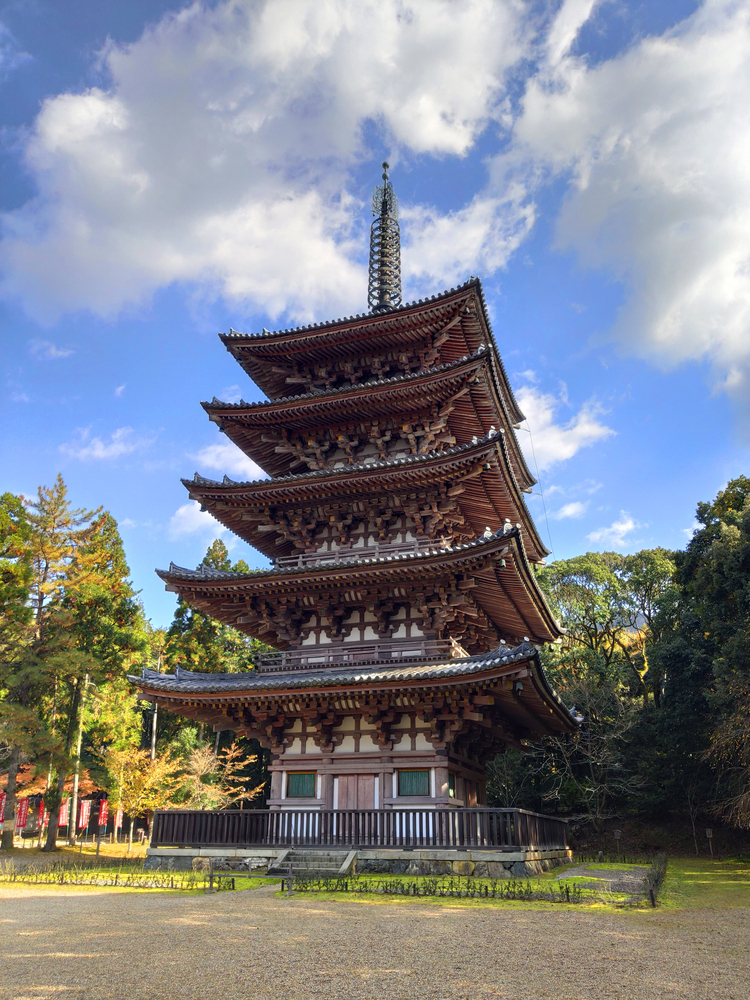
— Photo by joymsk
This sprawling temple complex covers an entire mountainside, with buildings scattered across different elevations connected by stone paths through ancient forests. Some halls date back over 1,000 years.
The walk to the upper temple takes about an hour. Pack water and wear good shoes — the stone steps can be slippery after rain.
Fushimi sake district
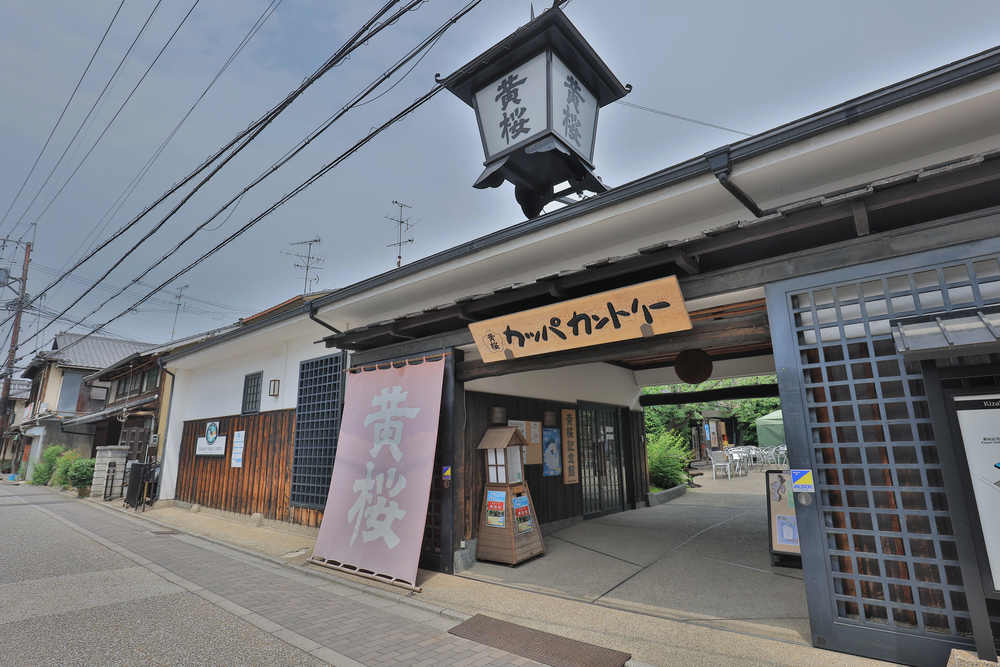
— Photo by seaonweb
Rice grown in surrounding fields becomes the famous sake brewed in Fushimi’s traditional breweries. The water here is considered some of Japan’s purest, flowing from underground springs that feed the brewing process.
Several breweries offer tastings:
- Gekkeikan offers English tours
- Kizakura has a small museum
- Teradaya combines sake with historical exhibits
So the canal boats that once transported rice barrels now carry tourists through willow-lined waterways instead.
Nanzen-ji temple grounds
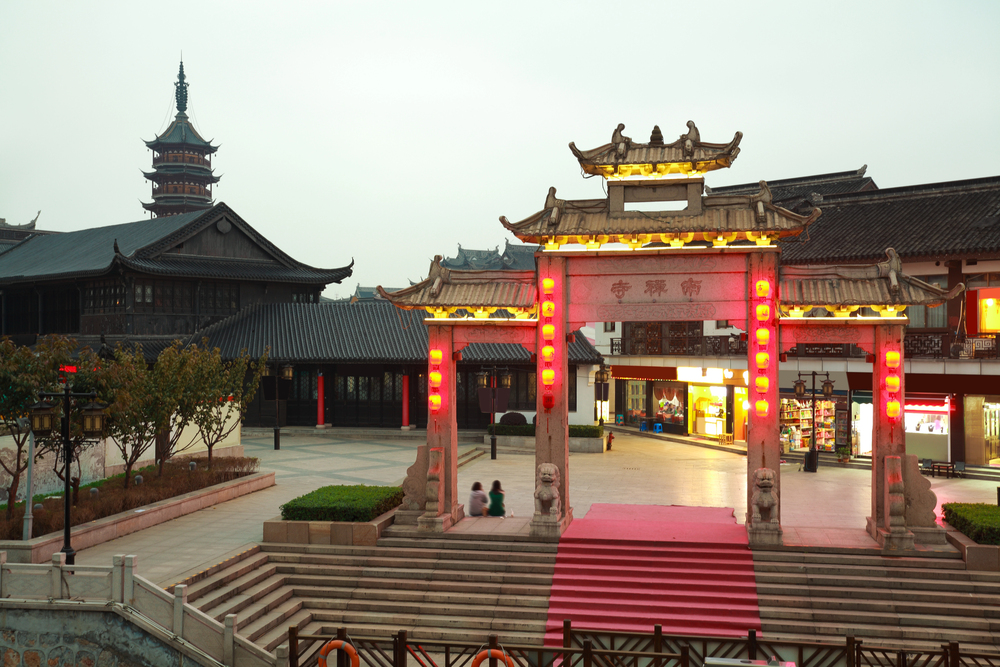
This former imperial villa became one of Japan’s most important Zen temples. The massive Sanmon gate offers views across Kyoto’s eastern mountains, while the temple’s aqueduct — a surprisingly modern addition from the 1890s — carries water through the complex.
Stone gardens here inspire meditation. Or naps, depending on your spiritual inclinations.
Kiyomizu-dera approach
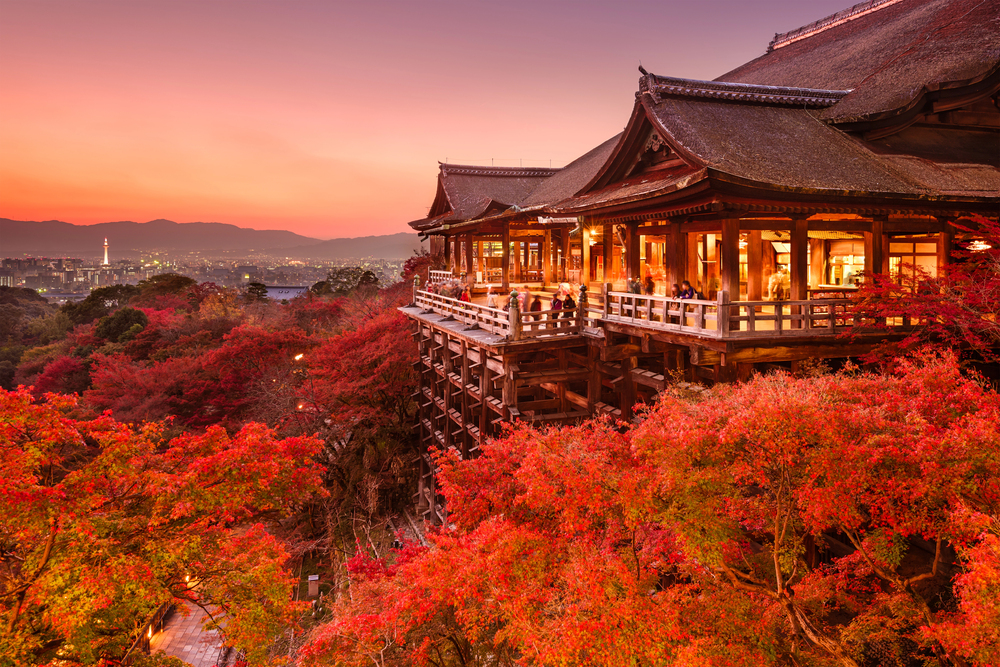
The walk up to this famous temple passes through traditional streets lined with shops selling local crafts and snacks, but the temple itself, built without using a single nail, cantilevers out over the hillside on wooden pillars in a feat of engineering that still amazes architects today.
The view from the main hall encompasses all of eastern Kyoto. During cherry blossom season, the entire cityscape below turns pink and white.
Philosopher’s path
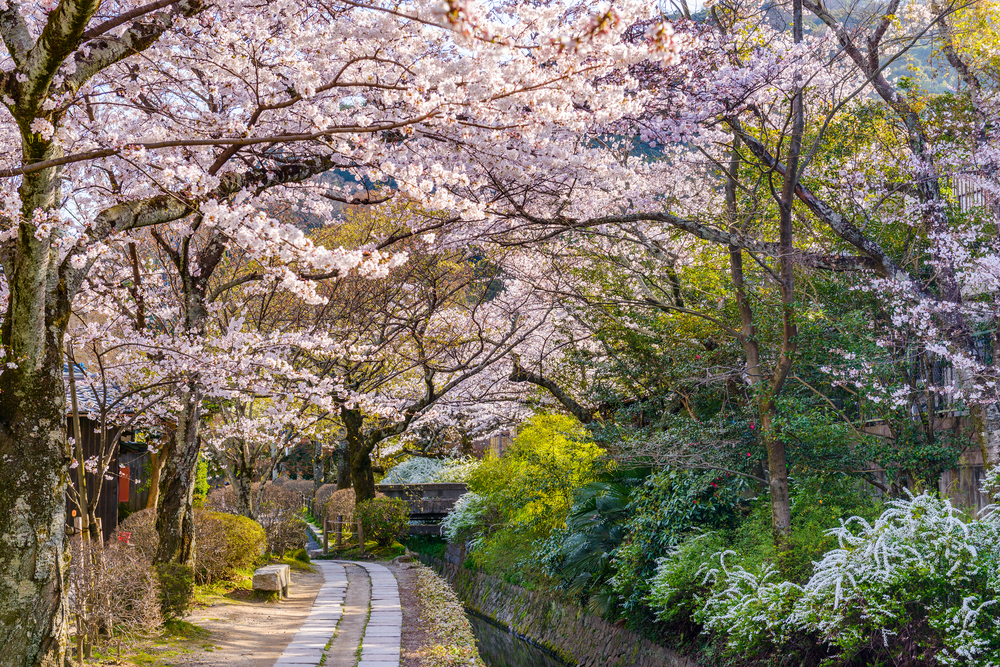
This stone walkway follows a canal lined with hundreds of cherry trees, connecting several temples and shrines along a route that philosophers traditionally used for contemplative walks. The path takes its name seriously — expect thoughtful silence rather than tourist chatter. Small cafés and craft shops hide along side streets, perfect for breaks between temples.
Gion district edges

— Photo by packshot
While central Gion swarms with tourists hunting geisha photos, the district’s quieter edges preserve traditional architecture and teahouses where geisha still train and perform. Narrow streets lined with wooden machiya townhouses lead to hidden shrines and gardens.
Evening brings the best atmosphere. Lanterns illuminate traditional facades, and occasionally, a geisha hurries past on her way to an appointment.
Kinkaku-ji temple surroundings
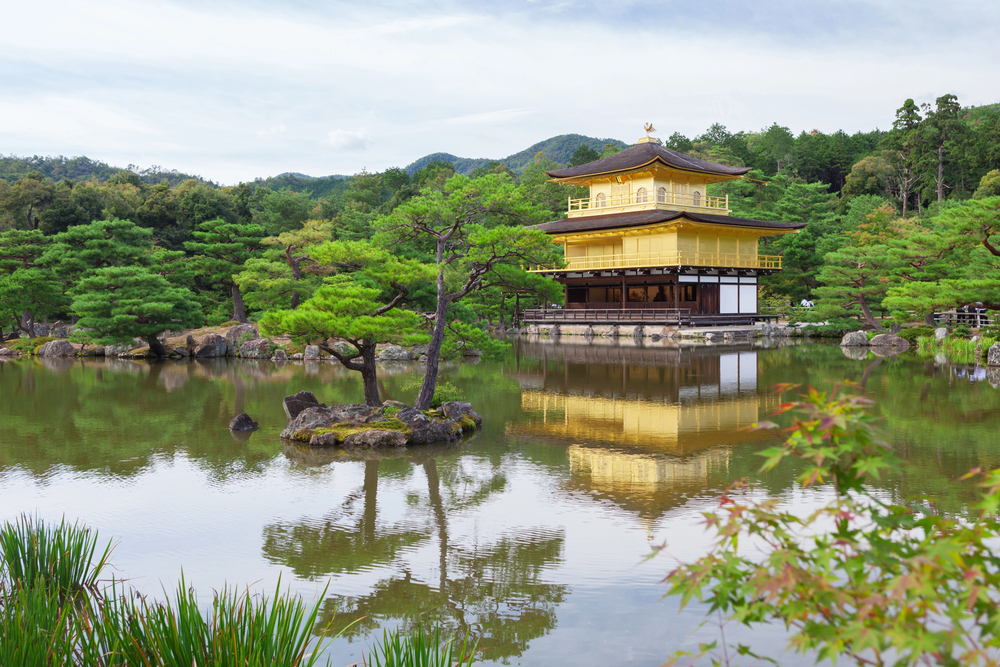
The famous golden pavilion draws massive crowds, but the temple’s extensive gardens reward exploration beyond the main viewing spots. Stone paths wind through carefully designed landscapes where every view has been planned for centuries.
The surrounding Kitayama mountains provide a dramatic backdrop. Early morning visits, just after opening, offer the best chance for peaceful reflection before the tour buses arrive.
Kurodani temple complex
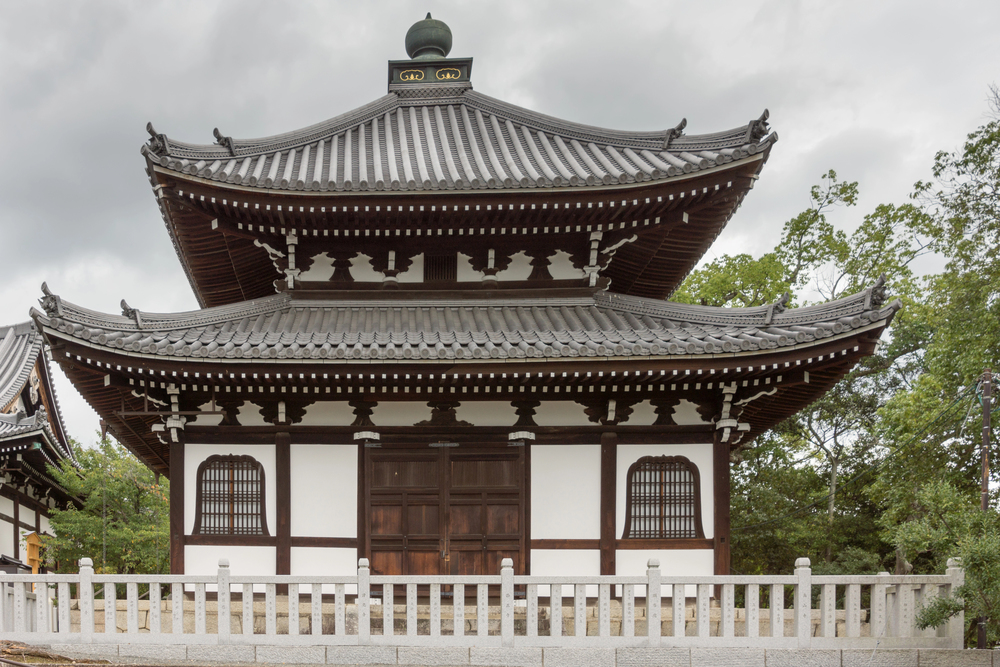
This hillside temple complex, formally called Konkai-komyo-ji, remains largely unknown to international visitors despite its stunning autumn colors and traditional cemetery filled with stone lanterns. The main hall overlooks eastern Kyoto from its elevated position.
The temple cat population has become legendary among locals. Dozens of well-fed felines sun themselves on temple steps and patrol the grounds with obvious authority.
Finding your own pace
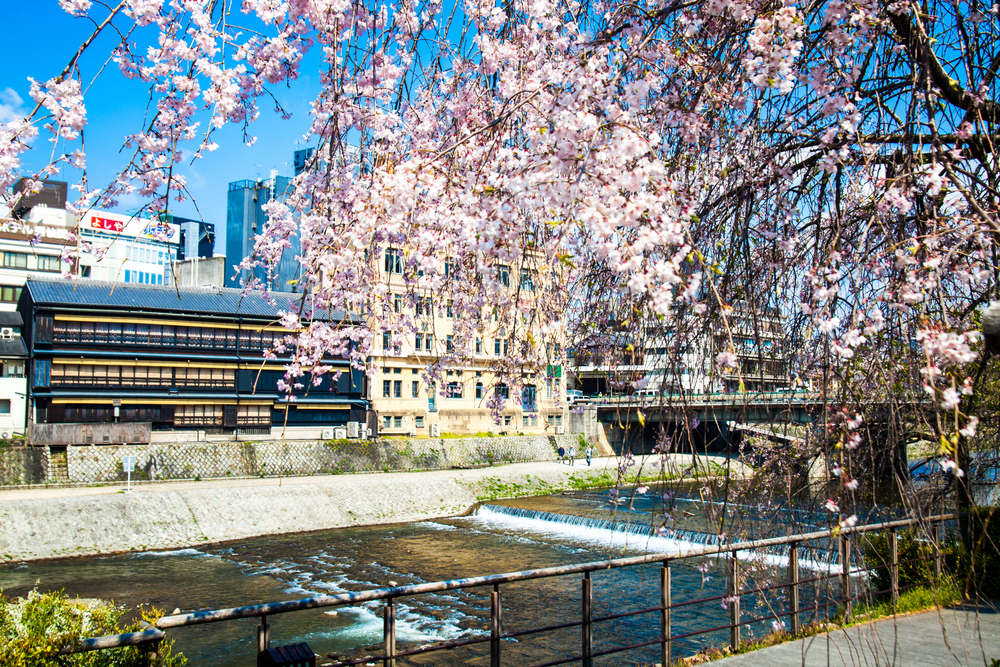
— Photo by nicholashan
Kyoto’s countryside teaches patience to travelers accustomed to packed itineraries and constant movement. Here, the journey between destinations becomes as important as the destinations themselves, and the best discoveries often happen when you’re not looking for them at all.
More from Travel Pug

- 20 Best Beach Towns in the Carolinas
- 13 Destinations Where Tourists Regularly Regret Their Trip
- 20 Things You Actually Get in First Class
- 20 Small Airports With Aviation Museums
- 20 Places in the U.S. That Are Perfect for a Reset Trip
Like Travel Pug’s content? Follow us on MSN.
